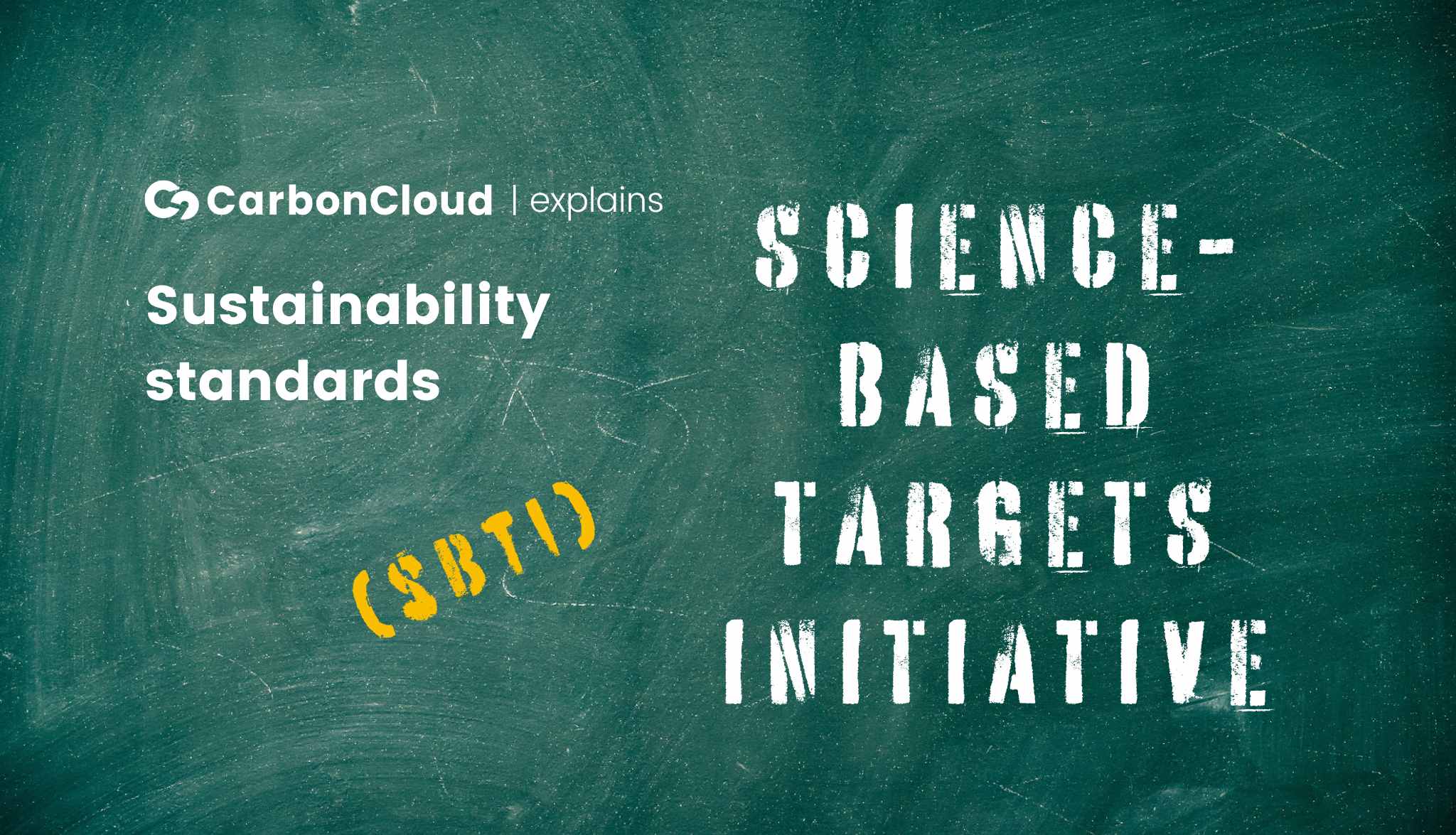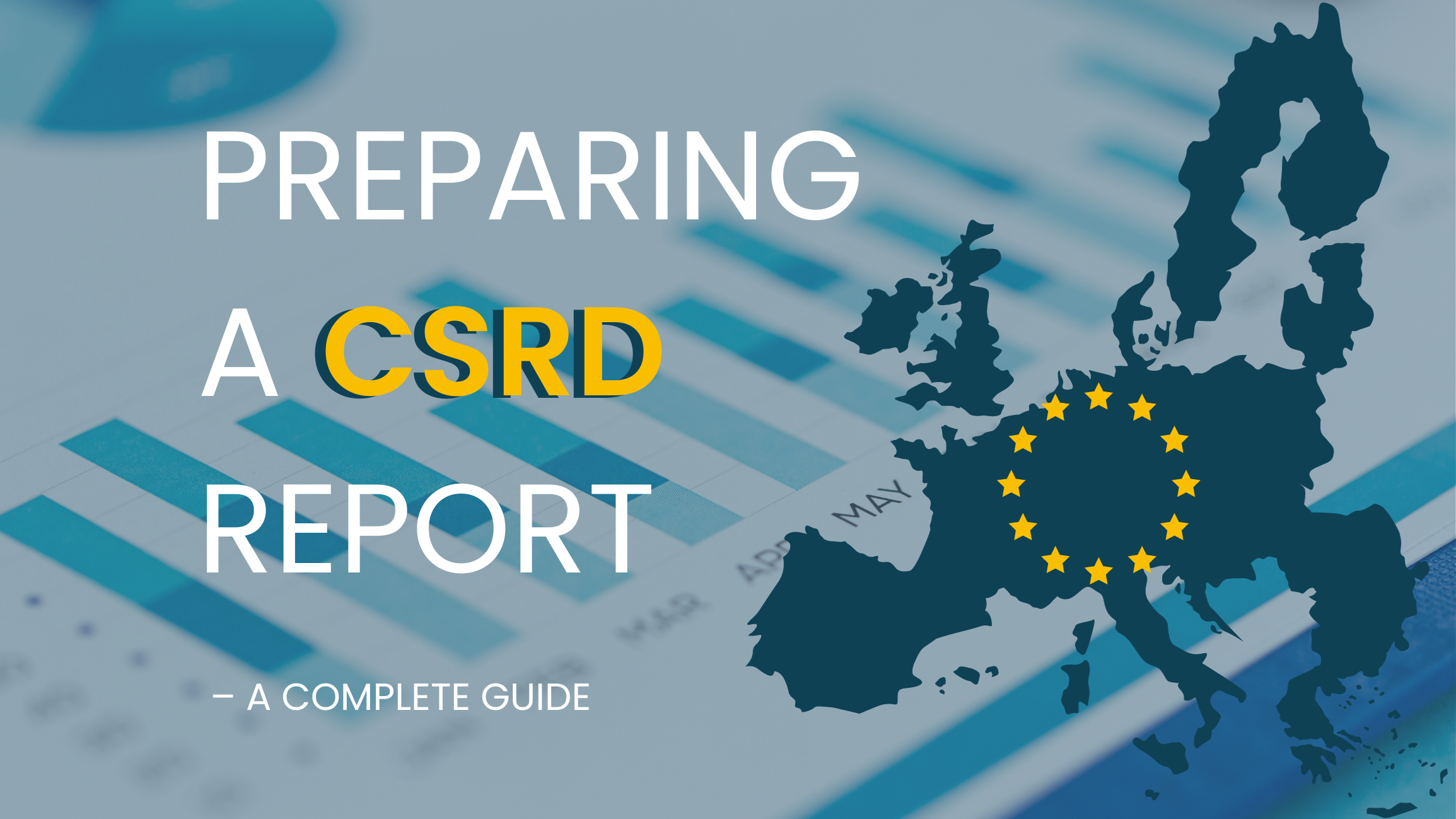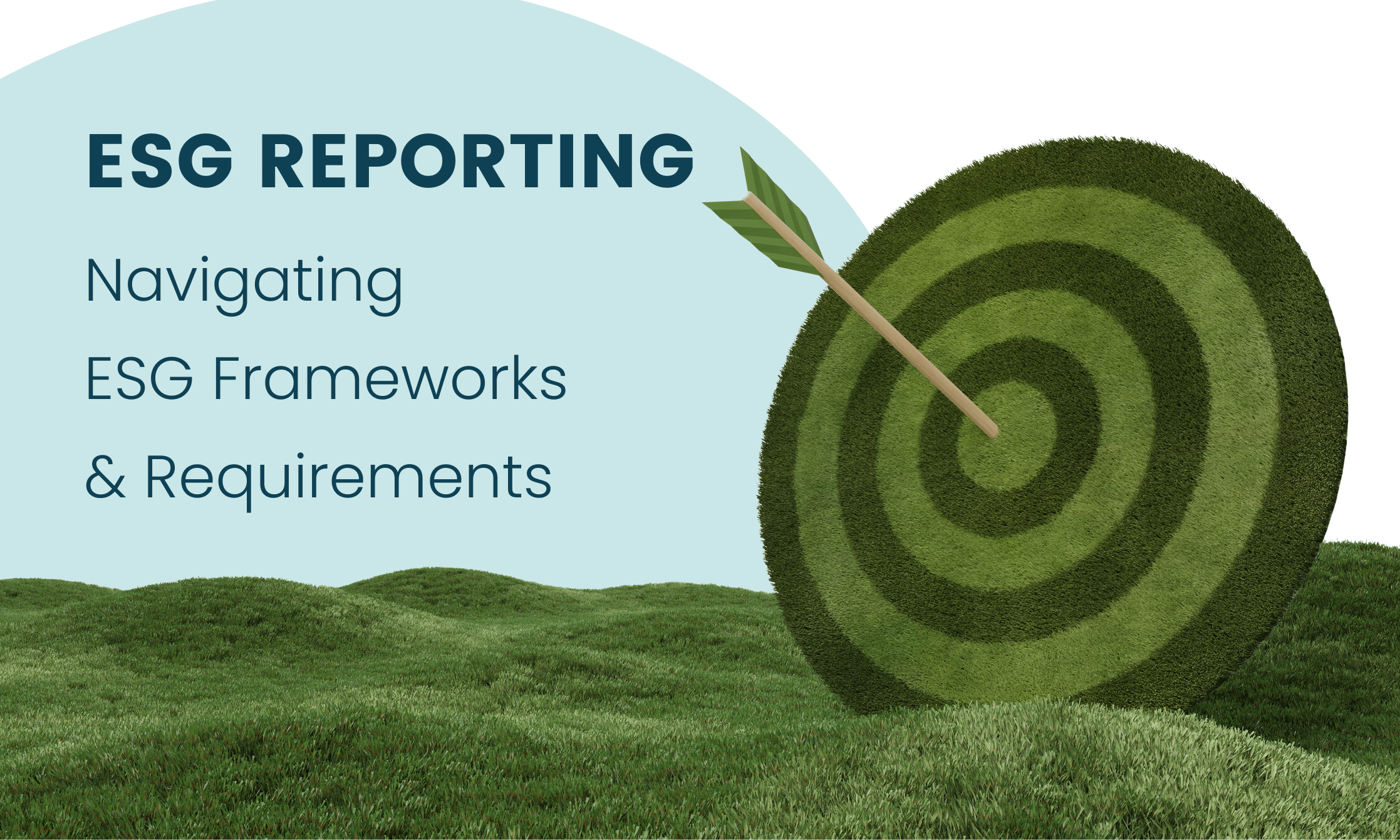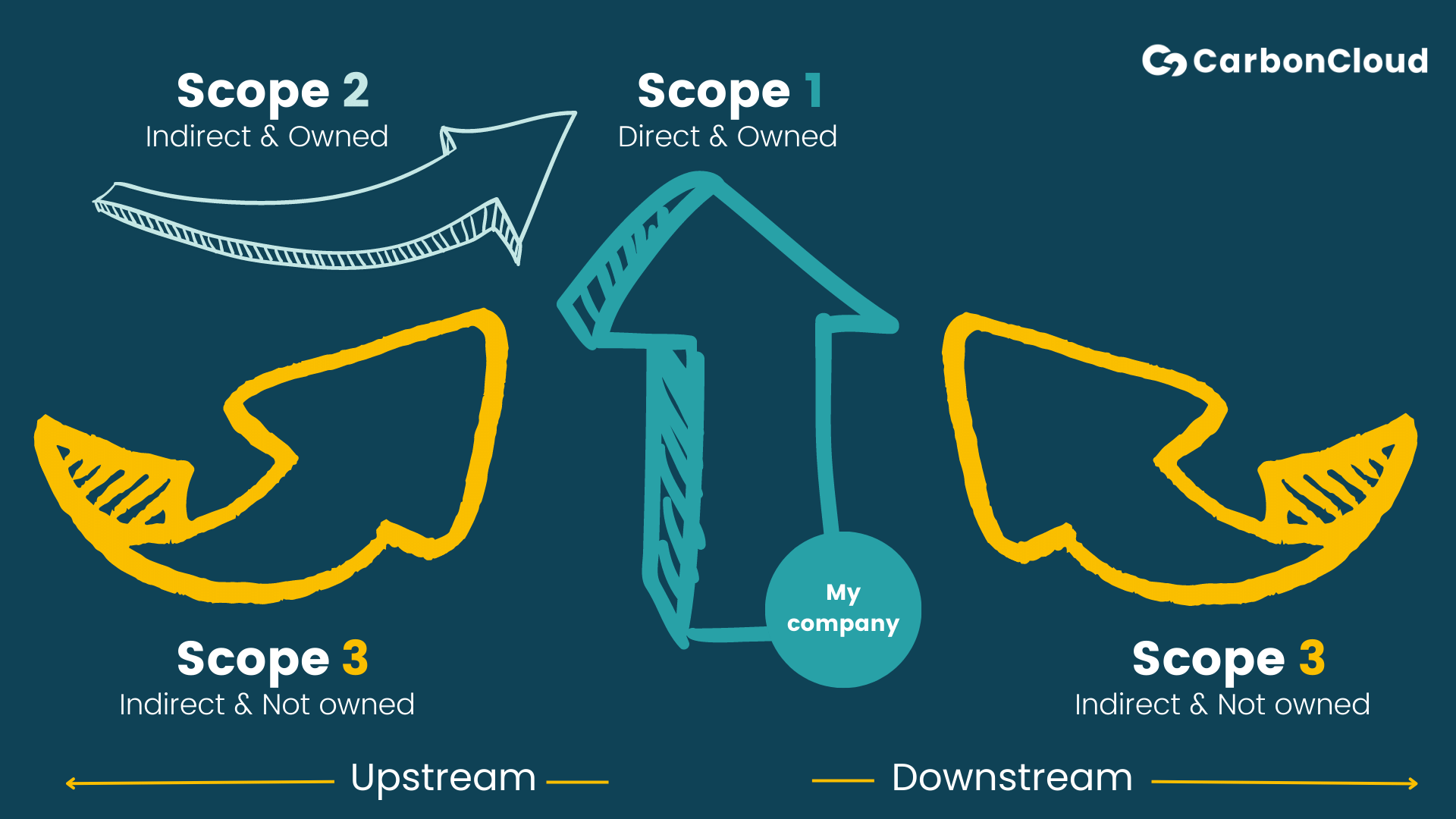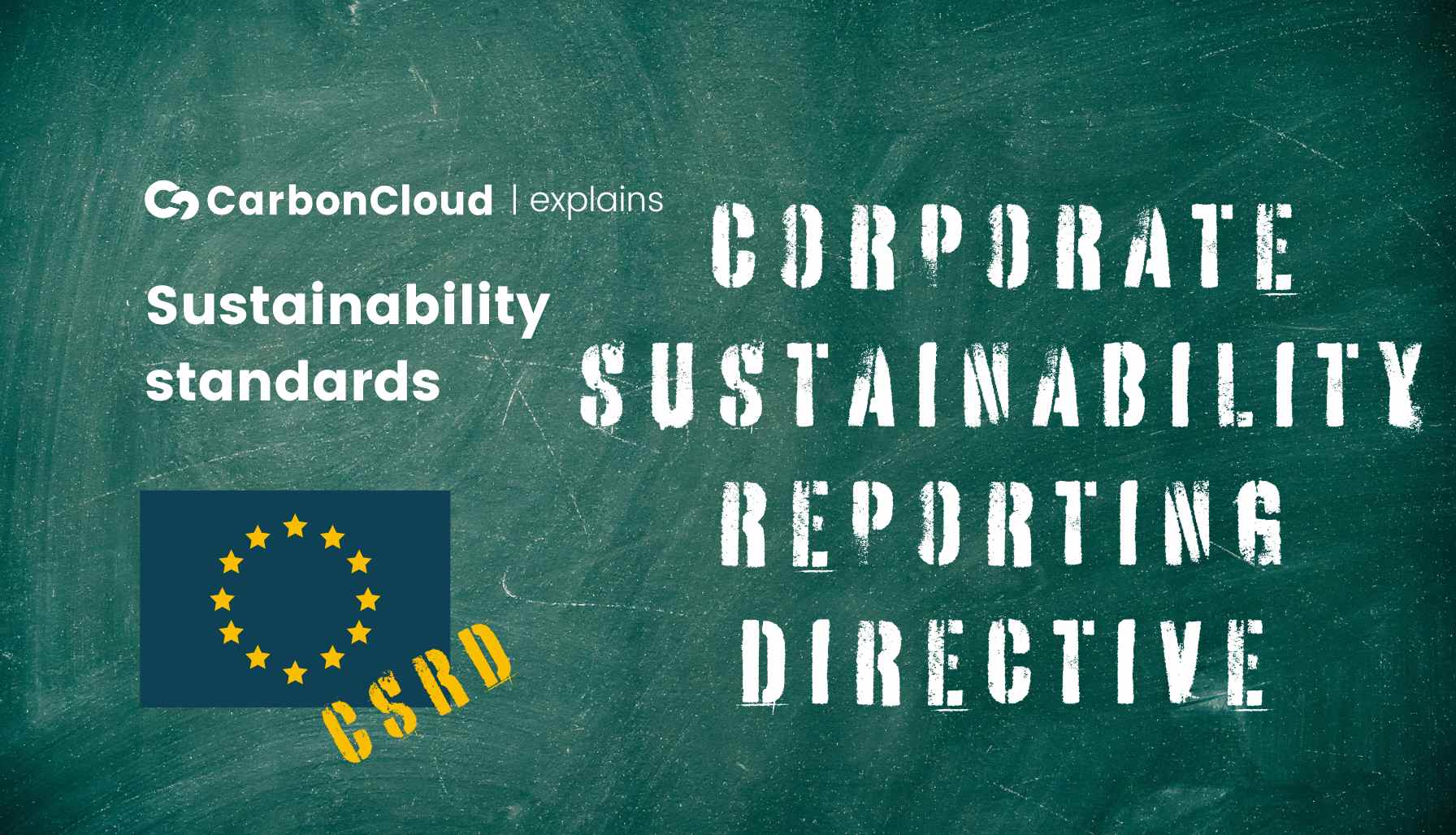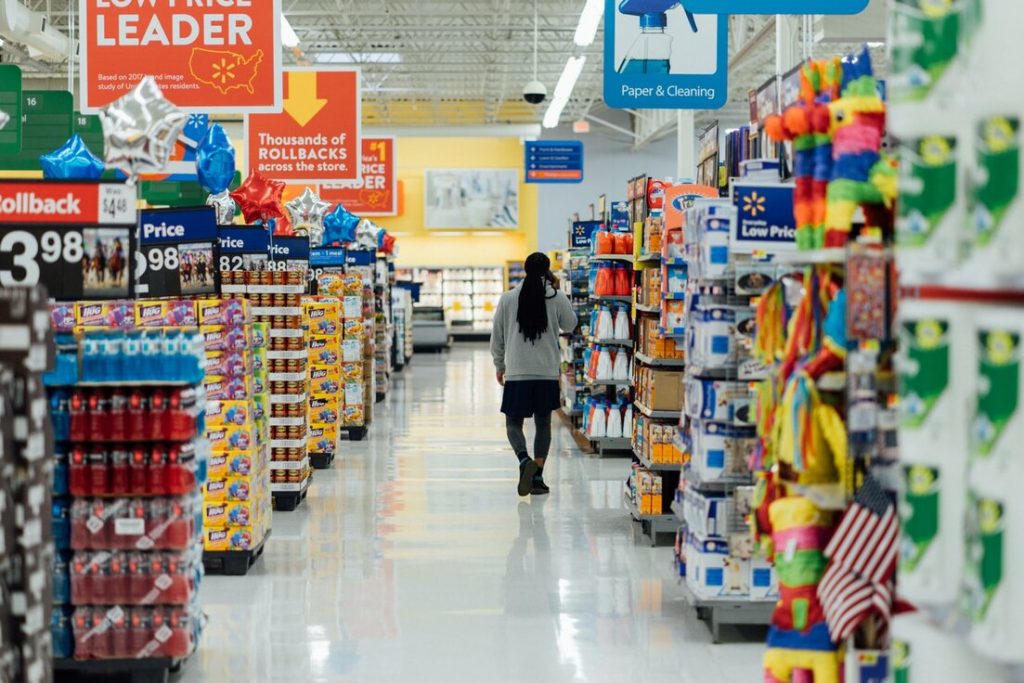Sustainability Standards Explained: SBTi
SBTi is the Pete Davidson of Sustainability Standards: rapidly and consistently up-and-coming, charming and approachable, a must-have for aspirational influencers, and fresh in the mainstream. Today we look closely at Science-based Targets initiative. If you’re not in it, you want it. If you’re in it, you’ve made it. How does the SBTi effect work?
Get the bullet points of every sustainability standard in your inbox
No need to run circles around the internet to understand what each sustainability standard is all about. Get it straight in your inbox, one explainer at a time!
What is the SBTi?
Science-based Targets initiative or SBTi is an organization that validates corporate emissions reductions targets in line with the Paris Agreement to limit global warming to 1.5°C. SBTi was created in 2015 as a partnership among the United Nations, WWF, World Resources Institute, and CDP, its closely affiliated carbon disclosure and reporting hub. The backing of the science comes from aligning target criteria with “limiting global warming to well-below 2°C above pre-industrial levels and pursue efforts to limit warming to 1.5°C”. However, SBTi is rapidly phasing out the well-below 2°C option and from 2023 and onward, only validates targets that align with the 1.5°C pathway.
Target validations from SBTi cover only private corporations. Cities, non-profits, public, and governing bodies, are excluded as well as oil and gas companies – as of today.
SBTi’s popularity is growing exponentially, doubling the number of companies with committed and approved targets every year since 2018. And in the unlikely case you still can’t relate SBTi targets to something you know, ground it on this. When you recall a company’s net-zero target, it is most likely an SBTi-approved target.
Important to know
What are the SBTi targets?
SBTi offers a matrix of targets, which are interconnected in the process. Let’s take a look at the basic components of SBTi targets and let them float before we break them down:
Companies setting science-based targets may choose to set absolute targets, intensity targets, renewable electricity targets, engagement targets, or any combination of the above.
Most of these types of targets can have a combined near-term/long-term approach. For near-term targets, companies must also select a target year that is minimum 5 and maximum 10 years ahead.
Depending on the type of target, they may select Scope 1,2,3 or a combination of Scopes the targets apply to. However some types of targets are Scope-specific. For example, engagement targets only apply to Scope 3.
Companies need to select a base year after 2015, that should be consistent across all targets. This base year will serve as the baseline for the GHG inventory and it should be representative of a company’s emissions profile.
Companies may need to choose a general (cross-sector) pathway, an industry-specific (sector approach) pathway if it is available for their sector, or a combination of the two.
If a company falls into the SME category, a singular pathway is available for them and the requirements for target selection are more streamlined.
Now let’s deep-dive into these terms and explore how they determine your final targets.
TIME FRAME
- Long-term/Net-zero targets
Long-term targets have a net-zero ambition and a 2050-time limit. SBTi strongly recommends that companies commit to a long-term target, which they deem of higher ambition. What this targets practically means is that the company needs to reduce emissions by at least 90% by 2050.
If your ambition is to set a net-zero target, you are required to also develop near-term targets in the next 24 months. Both targets will be validated at the same time.
- Near-term targets
Near-term targets have a timeframe of a minimum of 5 and a maximum of 10 years and enable a company to formulate more specific ambitions. Your company may set near-term targets without long-term targets. However, if a net-zero target is your ambition you are required to also develop near-term targets
A base year with a complete Scope 1, 2, 3 inventory is required to set both near- and long-term targets.
- Scopes 1 + 2
Scopes 1 and 2 are mandatory to include in any type of absolute target setting, as near-term targets must cover at least 95% of them. For large companies and conglomerates, Scope 1 can be tricky. SBTi recommends that parent companies include all subsidiaries in this boundary.
- Scope 3
To start with, setting any target with SBTi requires a full GHG inventory, including Scope 3 with a breakdown of the 15 categories. If Scope 3 comprises of over 40% of the total emissions, then a company must set Scope 3 near-term targets, covering at least 2/3 of the Scope 3 emissions. Then the company may select to set targets for a portion of the 15 categories, provided that they make up for 2/3 of Scope 3 emissions.
Scope 3 near-term targets may be in terms of economic intensity, physical intensity, or supplier/customer engagement.
Scope separation and inventory calculation for SBTi require adherence to the relative GHG protocol standards. Scope 1: GHG protocol Corporate Standard Scope 2: GHG protocol Scope 2 Guidance Scope 3: GHG protocol Value Chain (Scope 3) Accounting and Reporting Standard
PATHWAYS
- Cross-sector absolute targets
This pathway is for companies that operate in an industry without sector-specific guidance. Cross-sector targets are absolute, meaning that the company commits to reducing emissions irrespective of the production output of the company.
- Sectoral decarbonization approach
SDA applies to a company’s emissions that come from a sector with specific guidance. These targets apply to emissions reductions that are relative to a specific business metric, for example, 30% emissions reductions per tonne of wheat. Intensity targets can help a company develop a more concrete roadmap but may not necessarily lead to absolute emissions reductions.
Food industry & retailers, this distinction applies to you! The Forest Land and Agriculture guidance (FLAG) and targets cover the portion of your company’s emissions up until the farm gate and are set in a different tool.
What about FLAG targets?
The Forest Land and Agriculture Guidance from SBTi was a hot discussion and long-awaited before its release in September 2022. Put simply, if your company is active in agriculture, animal sourcing, food processing, and food retail, by April 2023 you are required to set FLAG targets with SBTi. To put your mind at ease though, your FLAG targets will only cover the portion of your emissions until the farm gate. For all other emissions, you can set targets with the cross-sector approach.
Companies with maritime fishing and/or wild-caught fishing operations are not required to set FLAG targets. Instead, SBTi directs these companies to follow the guidelines developed by the WWF and the Ocean Stewardship Coalition.
- Must-haves
- The target threshold for all scopes is the same as the cross-sector approach: Scope 1 + 2 targets must cover a minimum of 95% of related emissions and Scope 3 targets must cover at least 2/3 of emissions.
- Setting a FLAG target also means that, by default, you commit to zero deforestation by 2025.
- Product carbon storage cannot be included in the targets.
- Among the accepted standards for calculating your FLAG inventory are:
- IPCC Guidelines for National GHG inventory, Guidance for LULUCF (Land use and Land use change), and Gas inventories: Wetlands
- GHG protocol: Corporate Standard, Scope 3 Standard, Product Standard, Land Sector and Removals Guidance (draft version, accepted for now and until the 5 year target revalidation)
- ISO 14064-1 and 14067
- Nice-to-haves
- If your company manages one of the following products, the FLAG tool has a specific commodity approach to set intensity targets: Beef, chicken, dairy, leather, maize, palm oil, pork, rice, soy, wheat, and timber & wood fiber.
- Your targets can be absolute or in terms of intensity with the commodity pathways.
- In general, companies with diverse agricultural activities are encouraged to use the general FLAG targets. Companies on the supply side or companies with more than 10% of their FLAG emissions in one commodity can use the commodity approach, but are not required to do so.
- Fossil emissions from land management, such as irrigation and machinery, may be integrated into your FLAG inventory if you wish!
The SBTi matrix for retailers and food & beverage companies
The pathways for a company operating within the food system are more clearly scoped and make the SBTi matrix more tangible. Let’s take a look at the smorgasbord of targets reserved for the food industry.
Target | Method | Timeframe | Scopes |
Absolute | Cross-sector reduction | Near- and long-term | Any |
FLAG reduction | Near- and long-term | Any | |
Intensity | FLAG commodities | Near- and long-term | Any |
Economic intensity reduction | Near- and long-term | Scope 3 only | |
Physical intensity reduction | Near- and long-term | Scope 3 only | |
Other | Renewable electricity | Near- and long-term | Scope 2 only |
Engagement | Near-term only | Scope 3 only |
...And the Matrix of ESG Standards in one place
New to ESG standards and reporting? Take it from the top 👉 Check out our complete guide to ESG Reporting Standards
How do I get me some science-based targets?
Now that you have an idea of the SBTi matrix, the process should be quite straightforward!
1) Commit
Commit to setting a target by sending the Commitment letter to SBTi.
2) Develop
Develop your targets by navigating the SBTi matrix above and selecting the right targets for you (that’s the hard part!)
3) Submit
Submit your targets in the corresponding tools (Net-zero tool, SBT tool, FLAG tool) and the filled-in Target submission form.
4) Communicate
Share your targets with the world.
5) Disclose
Report your progress every year, either through the recommended route, the CDP questionnaire, or an annual report.
So that’s it! Are you thinking of joining the 2000+ companies with Science-based Targets? If you are, don’t let those 24 months of developing your targets steer your focus away from why you are doing this: To progress against your targets and reduce emissions.
And speaking of progressing against targets… our next standard is the aforementioned CDP, the royalty of reporting emissions – or rather, the framework that CDP uses, TCFD. Ready to learn all about TCFD in under 5 minutes? →
More standard-explainers?
CSRD reporting: What you need to know
Preparing for CSRD reporting? Join the club of over 50,000 companies required to report on sustainability! Talking to companies preparing for CSRD, we have observed that their biggest concern is the m
ESG Reporting: Navigating ESG frameworks & requirements
Learn all about ESG reporting standards to promote transparency, impress your stakeholders, and boost your brand. What Does ESG Reporting Mean? Why Is ESG Reporting Important For Companies? Mandatory
How to set SBTi FLAG targets – The Food Edition
The Forest Land and Agriculture Guidance from SBTi had retailers and food producers on the edge of their seats until its release in September 2022. Since April 2023 FLAG targets are a requirement and
What are Scope 1,2,3 emissions?
The terms Scope 1,2,3 emissions are casually thrown around in the sustainability space – a bit too casually if you ask us. If you didn’t Google it the first time you heard it, you probably hav
ESG Standards Explained: Corporate Sustainability Reporting Directive (CSRD)
The European Union’s Corporate Sustainability Reporting Directive (CSRD) is mobilizing ESG reporting for the food and beverage market. But there is another good reason to look at CSRD closely: CSRD
Prev
Next
Related Posts
What are Scope 1,2,3 emissions?
The terms Scope 1,2,3 emissions are casually thrown around in the sustainability space – a bit too casually if you ask us. If you didn’t Google it the first time you heard it, you probably hav
Climate Action in the Food Industry: Half-Baked Efforts as 44% of Companies Remain at Initial Maturity Level
An in-depth analysis of 83 global companies in the food system reveals mixed levels of maturity along 6 dimensions of climate performance, but with a projected positive trajectory of climate action in
Retailer climate targets: What’s coming for suppliers?
You spoke; we listened. When we asked food product and brand owners what their biggest pains are, their response was loud and clear: Retailers. Getting listed, pitching, branding, competitive edge,
How to set SBTi FLAG targets – The Food Edition
The Forest Land and Agriculture Guidance from SBTi had retailers and food producers on the edge of their seats until its release in September 2022. Since April 2023 FLAG targets are a requirement and

